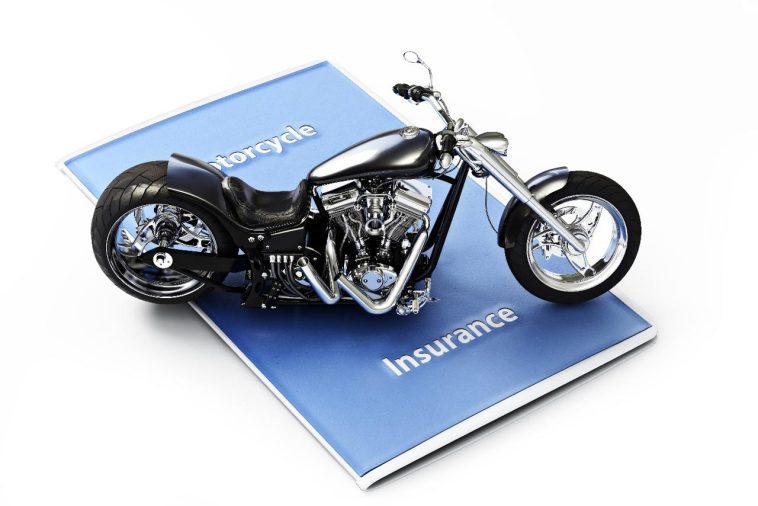1. Insuring Your Motorcycle: What You Need to Know
Motorcycle insurance is essential for riders to protect themselves and their bikes on the road. In this comprehensive guide, we’ll delve into the key aspects of motorcycle insurance, including coverage options, state requirements, and important considerations for riders.
Understanding Motorcycle Insurance Coverage
Motorcycle insurance typically offers several types of coverage, similar to car insurance. These may include:
- Liability Coverage: Covers injuries or property damage you may cause to others in an accident.
- Collision Coverage: Pays for repairs to your motorcycle if you’re involved in a collision.
- Comprehensive Coverage: Protects your bike from non-collision-related incidents, such as theft or vandalism.
- Uninsured/Underinsured Motorist Coverage: Provides coverage if you’re in an accident with a driver who lacks insurance.
State Requirements and Minimum Coverage
Like car insurance, motorcycle insurance requirements vary by state. Some states require liability insurance at minimum, while others may have additional requirements. It’s essential to familiarize yourself with your state’s laws to ensure you have the necessary coverage to legally ride your motorcycle.
Factors Affecting Motorcycle Insurance Rates
Several factors can influence the cost of motorcycle insurance premiums, including:
- Age and riding experience.
- Type and value of the motorcycle.
- Location and where the motorcycle will be stored.
- Driving record and claims history.
Discounts and Savings Opportunities
Many insurers offer discounts and savings opportunities for motorcycle insurance. These may include discounts for completing safety courses, being a member of certain organizations, or bundling multiple policies. Taking advantage of these discounts can help riders lower their insurance premiums.
Optional Coverages and Add-Ons
In addition to standard coverage options, riders may have the option to purchase additional coverages or add-ons for extra protection. These may include coverage for custom parts and accessories, roadside assistance, or trip interruption coverage. Riders should carefully consider their individual needs and preferences when selecting optional coverages.
Conclusion
In conclusion, motorcycle insurance is a vital component of responsible riding. By understanding the coverage options available, state requirements, factors affecting insurance rates, and opportunities for discounts and savings, riders can select the right insurance policy to protect themselves and their motorcycles on the road.



